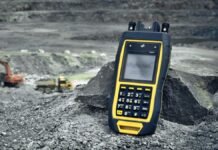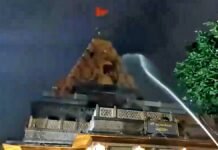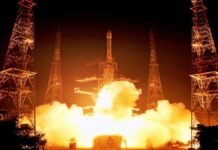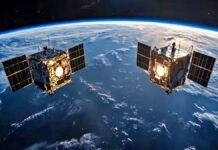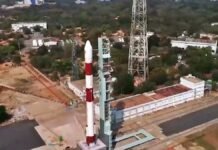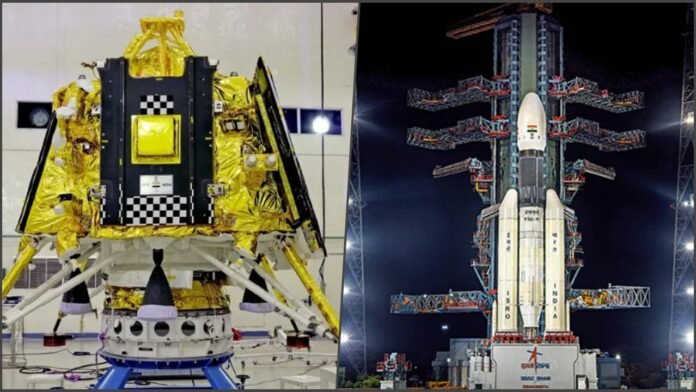
Bengaluru: The Indian Space Research Organization (ISRO) on Thursday announced that the Chandrayaan-3 mission will be launched on July 14 from the space center at Sriharikota in Andhra Pradesh. ISRO’s new launch vehicle LVM-3 will carry out the lunar mission. ISRO tweeted, Chandrayaan-3: Announcement of the launch of LVM3-M4/Chandrayaan-3 Mission: Launch now scheduled for July 14, 2023, at 2:35 PM from SDSC (Satish Dhawan Space Centre), Sriharikota.
Meanwhile, the space agency’s chief S Somnath said that under the Chandrayaan-3 mission, ISRO will carry out a ‘soft landing’ on the Moon on August 23 or August 24. Will try to The Chandrayaan-3 mission will carry scientific instruments to study the thermophysical properties of lunar regolith, lunar seismology, lunar surface plasma atmosphere, and elemental composition in the vicinity of the lander’s landing site.
According to ISRO officials, the scope of these scientific instruments on the lander and rover where Science of the Moon To fit the theme, another experimental instrument will study the spectro-polarimetric signature of Earth from lunar orbit, a part of the Science from the Moon Would fit the theme.
In March this year, the Chandrayaan-3 spacecraft successfully completed the necessary tests that confirmed the spacecraft’s ability to withstand the harsh vibration and acoustic environment encountered during launch. These tests were particularly challenging in view of the fact that the Chandrayaan-3 spacecraft, which would be launched by LVM-3 (Launch Vehicle Mark-III) (earlier known as GSLV Mk-III), was launched. It is a combination of three modules- propulsion, lander, and rover.
Spectro-Polarimetric of Habitable Planet Earth to study spectral and polar measurements of Earth from lunar orbit in the propulsion module. (SHAPE) and will take the lander and rover up to 100 km of the lunar orbit. Lunar Surface Thermophysical Experiment, to measure thermal conductivity and temperature in equipment related to the lunar lander; Instrument for Lunar Seismicity Activity to measure seismicity around the lander’s landing site and Langmuir Probe to estimate plasma density and its variations. There are tools called
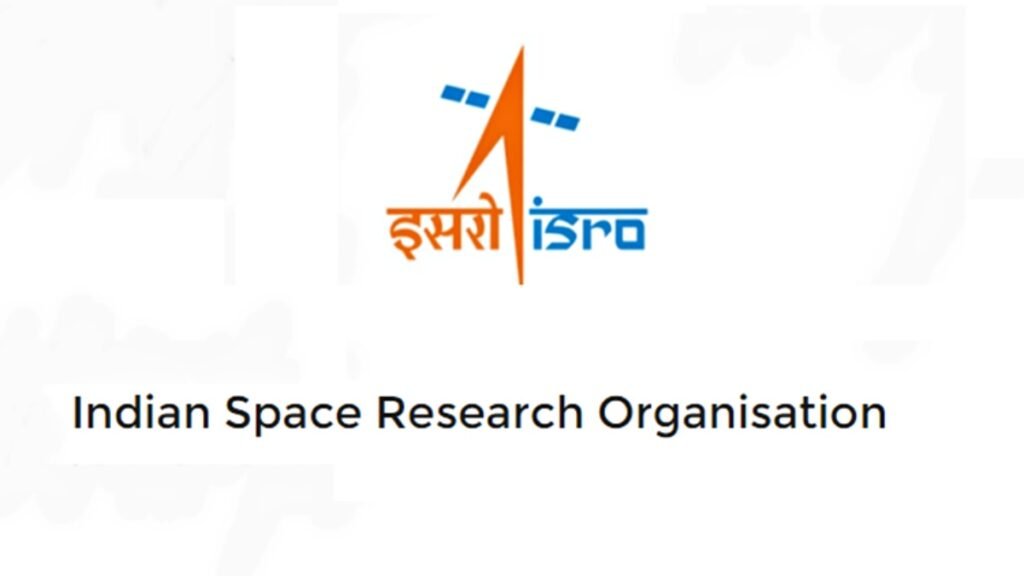
A ‘passive laser retroreflector array of the US space agency National Aeronautics and Space Administration (NASA) has also been adjusted for lunar laser studies. At the same time, the equipment related to the rover includes Alpha Particle X-ray Spectrometer and Laser Induced Breakdown Spectroscopy which will study the elemental composition around the lander’s landing site.
The lander will perform a ‘soft landing’ at a designated lunar site. and to deploy a rover that will carry out chemical analysis of the lunar surface during its mobility. The main function of the propulsion module is to lift the lander to the final lunar circular polar orbit of 100 km from the launch vehicle injection and separate it. In addition, the propulsion module also houses a scientific instrument as a value addition, which will be operated after separation from the lander module.



